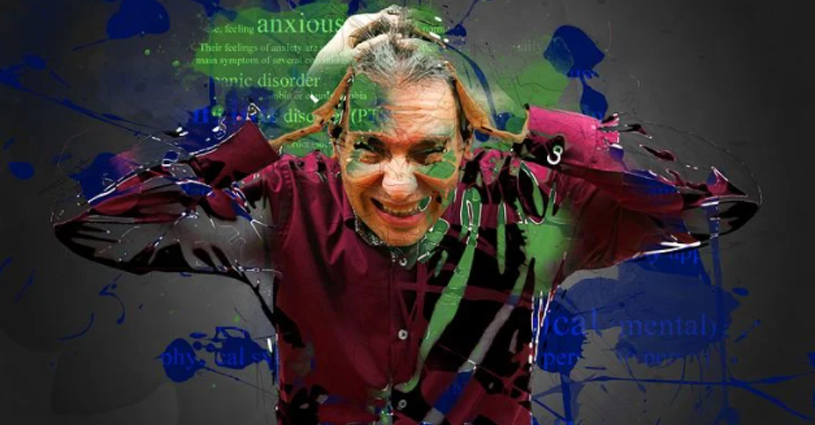|
|
Avoidance of fearful stimuli is one of the hallmarks of almost all anxiety disorders. Anxiety is similar to fear in some ways. It is having a state of apprehension, dread, or uneasiness based on an unclear threat. Anxiety can be both a feeling and a cognitive function. A double whammy doubt-laden appraisal of one’s safety or social skills.
Anxiety is part of our everyday life. It is classified as a psychological disorder only when it interferes with “normal” activities, or when it becomes persistent or distressing.
Freud’s Take
What causes the anxious feelings and thoughts? Sigmund Freud’s theory was that beginning in childhood, people repress intolerable impulses, fears and feelings, and that this submerged mental energy sometimes produces mystifying symptoms such as anxiety. When bad events happen without warning, anxiety often develops (Chorpita & Barlow, 1998).
Inherited Panic Attacks
Anxiety-based disorders can also be inherited (Rachman, 2001). Studies show that certain traits, like being high-strung or emotional can run in families. For example, 60 percent of children born to parents who suffer from panic attacks have a fearful, inhibited temperament. Such children are wary and irritable as infants, and extremely shy and fearful as toddlers. Some toddlers throw tantrums, screaming non-stop, throwing toys and banging their head on the floor. They become quiet and cautious introverts in elementary school. By the time they reach adulthood they are already at high risk for anxiety problems, such as panic attacks (Barlow, 2000).
Differing Opinions
Anxiety is not a simple thing to grasp, wrote Signmund Freud in “The Problems of Anxiety” 1926. Many physicians starting with Hippocrates (fourth century BC) and Galen (second century AD), have argued that clinical anxiety is a straightforward medical condition, an organic disease with biological causes as clear as those of strep throat or diabetes.
Then there are those who say that anxiety is useless as a scientific concept. That it is an imprecise metaphor straining to describe a spectrum of human experience too broad to be captured with a single world.
In 1949 the first-ever academic conference dedicated to anxiety began with the president of the American Psychopathological Association saying that although everyone knew that anxiety was “the most pervasive psychological phenomenon of our time” nobody could agree on exactly what it was or how to measure it.
Even Sigmund Freud, the inventor more or less of the modern idea of neurosis, who thought that anxiety was the key and the foundation of his theory of psychopathology, contradicted himself repeatedly over the course of his career.
Art vs. Science
Studies during the 1950s found that when two psychiatrists consulted with the same patient, they gave the same diagnosis only about 40 percent of the time. While diagnoses have improved since then, despite arguments to the contrary, the diagnosis of many mental disorders remains more art than science.
This report is not a diagnosis. We hope this information can guide you toward improving your life.
Review our Knowledge Base or the links displayed on this page for similar or related topics.

